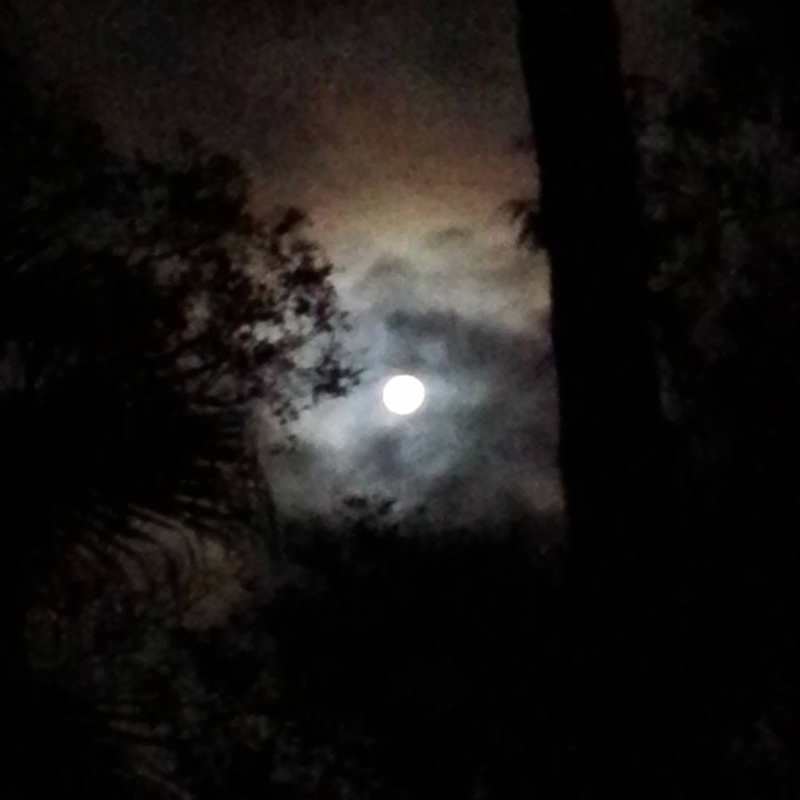Living Data
Lunar/
Index
Lunar (working title)
Scientist William Gladstoneasks, 'What happens under sea ice at full moon?' The question arose from his experience as both a scientist and an artist, developing Oceanic Bliss,an installation for immersing in the art and science of seagrass, and investigating relationships between lunar cycles and sexual behaviours of sea creatures.
A new project is envisaged for expanding understanding of changes that happen under sea ice through the lunar cycles in relationship to changes that happen in other places governed by the same lunar rhythms: coral reefs, seagrass meadows and dry desert regions. Physical and virtual environments will be created for interactions between scientists and artists, that have potential to generate clear language (including gesture) for sharing and growing knowledge, and relating individual belief to collective knowledge gleaned from science.
An interactive 'lunar time piece' is envisaged that we hope will cast new light on the Big Picture Storyof the co-evolution of life and the environment. The lunar time piece cannot be described until a picture of it emerges from our art-science research, and so 'Lunar' is a working title until that time. However I imagine that the time piece will build on two earlier works where words, sounds, images and animations were combined through interactions with people and places: The Antarctic Thesaurus(UNSW, 2010) that combines scientific data and subjective responses, and Roget's Circularthat interweaves the journals of two artists. Roget's Circular illuminates the Macquarie Library's first electronic edition of their Thesaurus (Macquarie Library, 2002).
Since ancient times intuition and reason have been used to discover and pass on knowledge of how nature works and sustains us. This was specially the case in Indigenous Australia, where, as scientist Tim Flannery explains (p.16, The Future Eaters. 1994),
[H]arsh conditions force individuals to cooperate to minimise the loss of nutrients, and and to keep them cycling through the ecosystem as rapidly as possible. Thus, entire ecosystems have evolved in Australia that, when untampered with, recycle energy and nutrients in the most extraordinarily efficient ways. Aboriginal people have long understood this and have shaped their culture accordingly. Even the Europeans, with their code of mateship, are perhaps being shaped by these same forces.
Full moon at Carnarvon Gorge, Queensland, marks the start of an exploration into language that we use to make art and to do science, as ways of making sense of our changing natural world and to pass on knowledge that is vital for survival.
Full moon at Carnarvon Gorge, Queensland
Saturday 17th September 2016
Photo: Lisa Roberts












